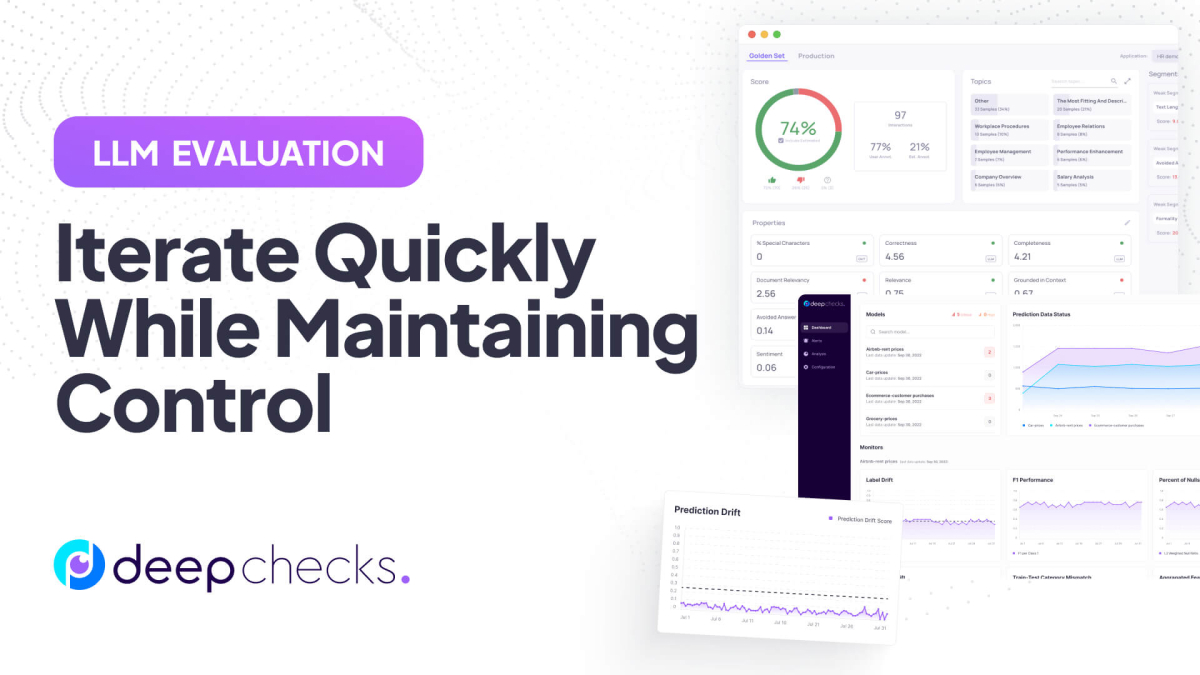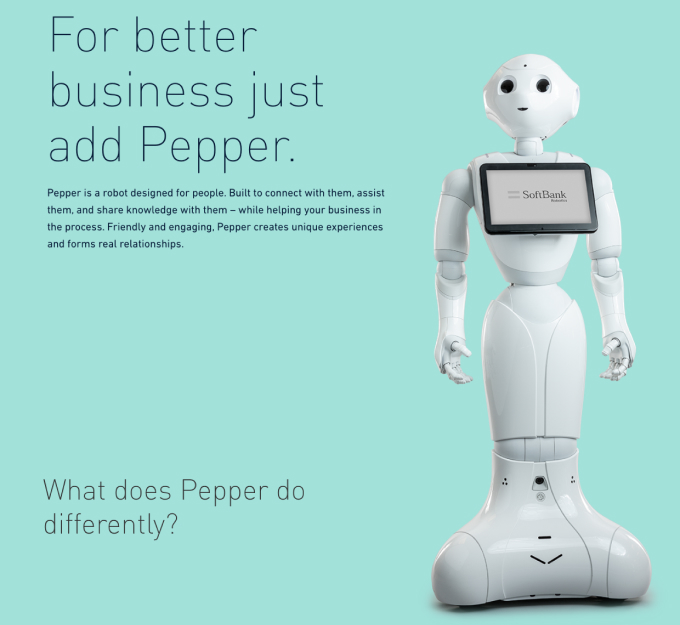Information
Deepchecks is now available natively within AWS SageMaker! 3.7K 3.7K DEEPCHECKS GLOSSARY × Full Name * Work Email * A few words about your use case and areas of interest × Full Name * Work Email * A few words about your use case and areas of interest This website uses cookies to improve user experience. By using our website you consent to all cookies in accordance with our Cookie Policy. Show details Hide details An embodied agent is an artificial intelligence (AI) system that interacts with its environment through a physical or virtual body. Unlike traditional AI systems, which process data in isolation, an embodied agent is designed to act and learn within a specific context, often mimicking the way humans interact with the world. As a result, these agents are equipped with sensors to gather information about their surroundings and actuators to perform actions, enabling them to operate autonomously in dynamic and often unpredictable environments. For example, Tesla has launched Optimus, which is capable of performing tasks that are repetitive, unsafe, and boring for humans. It does this by using sensors to gather information about its surroundings and executing the correct actions to fulfill the task. Embodied agents are becoming increasingly popular in various fields, from robotics to virtual reality. Here are some of the key examples of embodied agents. Robots like Boston Dynamics’ Spot and SoftBank’s Pepper are some examples of physical embodied agents. These robots are equipped with sensors to perceive their environment and actuators to perform tasks such as walking, grasping objects, and interacting with humans. They are used in applications ranging from warehouse automation to customer service. Autonomous vehicles are a key example of embodied agents in the transportation industry. One widely known autonomous car company is Tesla. Tesla is known for its self-driving capabilities that help passengers navigate from one location to another with little to no driving effort whatsoever. These vehicles use cameras, LiDAR, radar, and other sensors to perceive their surroundings and make real-time decisions to navigate roads, avoid obstacles, and ensure passenger safety. Devices like Amazon’s Alexa or Google Home, when integrated with robots or smart home systems, can act as embodied agents. For instance, a robot with Alexa capabilities can move around a house, respond to voice commands, and perform tasks like turning on lights or delivering items. Robots like da Vinci Surgical System or robotic exoskeletons used in rehabilitation are embodied agents in the healthcare sector. They assist surgeons in performing precise operations or help patients regain mobility by providing physical support and feedback. This significantly reduces the repetitive effort done by doctors and lets them focus on more important work, such as surgeries. Robots designed for social interaction, such as Sony’s Aibo or MIT’s Kismet, are embodied agents that engage with humans in emotionally meaningful ways. These robots are used in therapy, education, and companionship. In addition, companies like Pizza Hut use social robots: These robots go around to customers and assist them in placing orders. By doing so, customers don’t have to physically go to the ordering counter; instead, they can relax in the restaurant while the AI takes their order and hand-delivers it to them. These systems represent a form of intelligent user interface that seamlessly integrates multiple modes of communication, such as gesture, facial expression, and speech, to facilitate natural, face-to-face interactions with users. By combining these elements, they create a more immersive and intuitive user experience, closely resembling human-to-human communication. This multimodal approach allows users to engage with the system in a way that feels familiar and effortless, breaking down the barriers often associated with traditional interfaces. Based on these examples, it’s evident that an embodied agent differs from a traditional AI system. In fact, here are several ways in which they are different: Embodied agents largely interact with their environment through sensors and actuators. They understand their surroundings, process the information, and take actions that affect the environment. On the other hand, traditional AI systems typically process static data without direct environmental interaction. For example, a chatbot processes text inputs but does not interact with a physical or virtual environment. Embodied agents learn through trial and error in their environment. They use techniques like reinforcement learning, where they receive feedback based on their actions and adjust their behavior accordingly. Traditional AI systems, on the other hand, rely on pre-existing datasets for training and do not learn from real-time interactions. Embodied agents must make decisions in real time based on dynamic inputs. For instance, a self-driving car must constantly process sensor data to navigate traffic and avoid collisions. Traditional AI systems, such as those used for image recognition or language translation, operate in controlled, offline settings and do not face the same time constraints. Embodied agents develop a contextual understanding of their environment, which enables them to adapt to changes and perform tasks more effectively. For example, a robot navigating a cluttered room must understand the spatial relationships between objects. Traditional AI systems lack this contextual awareness unless explicitly programmed. That’s pretty much all you need to know about embodied agents. In a nutshell, the key difference between embodied agents and traditional AI systems lies in the emphasis on physical or virtual embodiment and its interactions with the environment. So, if you’re interacting with an AI that: You’re definitely working with an embodied agent. © 2025 Deepchecks AI. All rights reserved.








